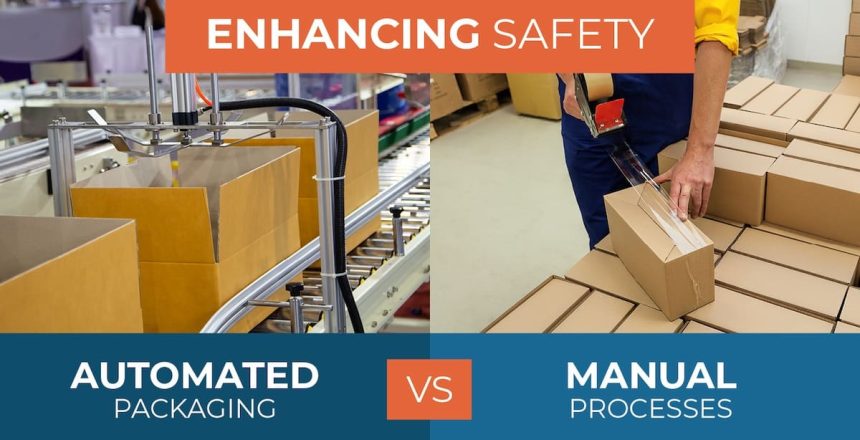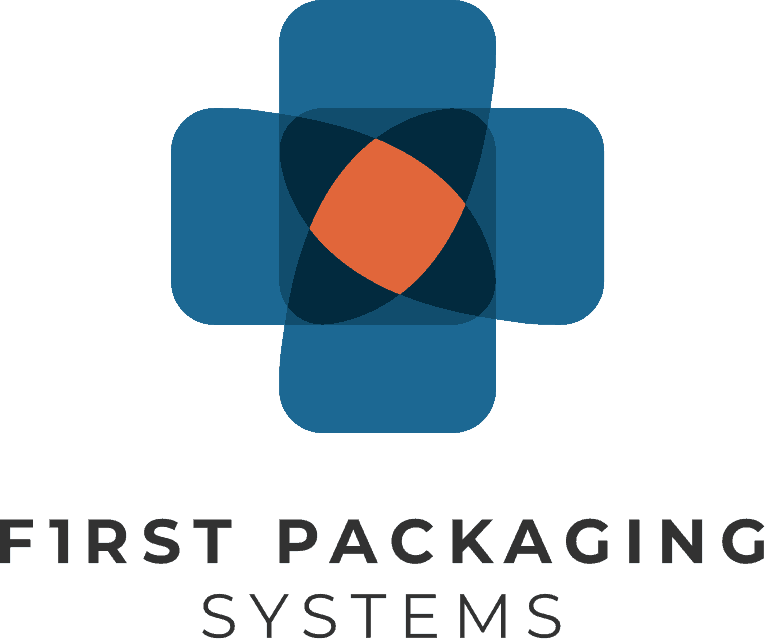When you run a business, worker safety should always be a top priority. You don’t want to risk injuries in your manufacturing facilities. This can lead to lawsuits, fines, workers’ compensation claims, and possibly even shutdowns—not to mention mediocre press and a tarnished reputation.
Packaging Safety Concerns
Product packaging can also present a number of unique safety issues that go beyond what happens in your packaging facility. Poorly packaged products and cases can lead to major problems down the line. Boxes can crumple, and pallets can fail, leading to accidents, injuries, damaged products, and lost profits. Of course, inconsistent or faulty product packaging can also present a safety issue for your customers or environmental concerns with any materials left behind.
Safety is always top of mind at First Packaging Systems. This is why we find efficient and effective packaging solutions based on our clients’ specific products, budget, and production goals. At the same time, we focus on creating a safer work environment for everyone involved in the packaging, storage, shipping, and distribution processes. We consider the entire life span of the product and its packaging to ensure the best—and safest—results.
Safety Benefits of Automated Packaging Equipment
Using automated packaging machinery and technology in place of manual processes is one of the best ways to improve packaging safety. Not only can this greatly improve production efficiency and quality, but the safety benefits are significant. Here are some of the safety issues you can eliminate or reduce with automated packaging equipment:
Repetitive Stress Injuries
This is a common problem in product manufacturing and packaging. People form, pack, seal, stack, and move boxes. In most cases, the same person repeats the same physical tasks all day every day. This often leads to repetitive stress injuries like back problems, carpal tunnel syndrome, and knee issues. By having machinery perform these tedious tasks and keeping the processes automated, you can minimize the risk of repetitive stress injuries and enable your employees to focus on more important roles.
Box Mountains
We see this at so many packaging facilities that don’t use case forming machines. Someone has to fold and form a bunch of boxes. Then they have to be kept somewhere near the packaging line. This results in what we call “box mountains” that are extremely dangerous in a busy workplace. They create blind spots and potentially hazardous conditions, where accidents are waiting to happen.
Workplace Accidents
Many workplace accidents at manufacturing and packaging facilities happen because of repetitive processes and human error. If someone tires or loses focus for just one second, a significant injury can occur. One wrong move can cause a serious accident. Automated packaging machinery can minimize the amount of physical labor that needs to be performed to reduce these concerns. Of course, proper equipment training and operation is critical. The more actions are automated, though, the fewer workers need to interact with the machines.
Packaging Inconsistency
Last, inconsistent packaging is a major problem for packaging plants that have mostly manual processes. A box is formed incorrectly. A case is sealed poorly. A pallet is stretch-wrapped improperly. Any of these human errors can lead to accidents, injuries, and product damage at your facility or further down the line, from shipping to end users.
The right automated packaging solutions will increase your production, achieve more consistent packaging results, and improve safety on every level. Over time, an investment in a streamlined packaging system will more than pay for itself. This is what we do at FPS. Contact us today to discuss your specific packaging needs. Let our team find the best solutions for you.

